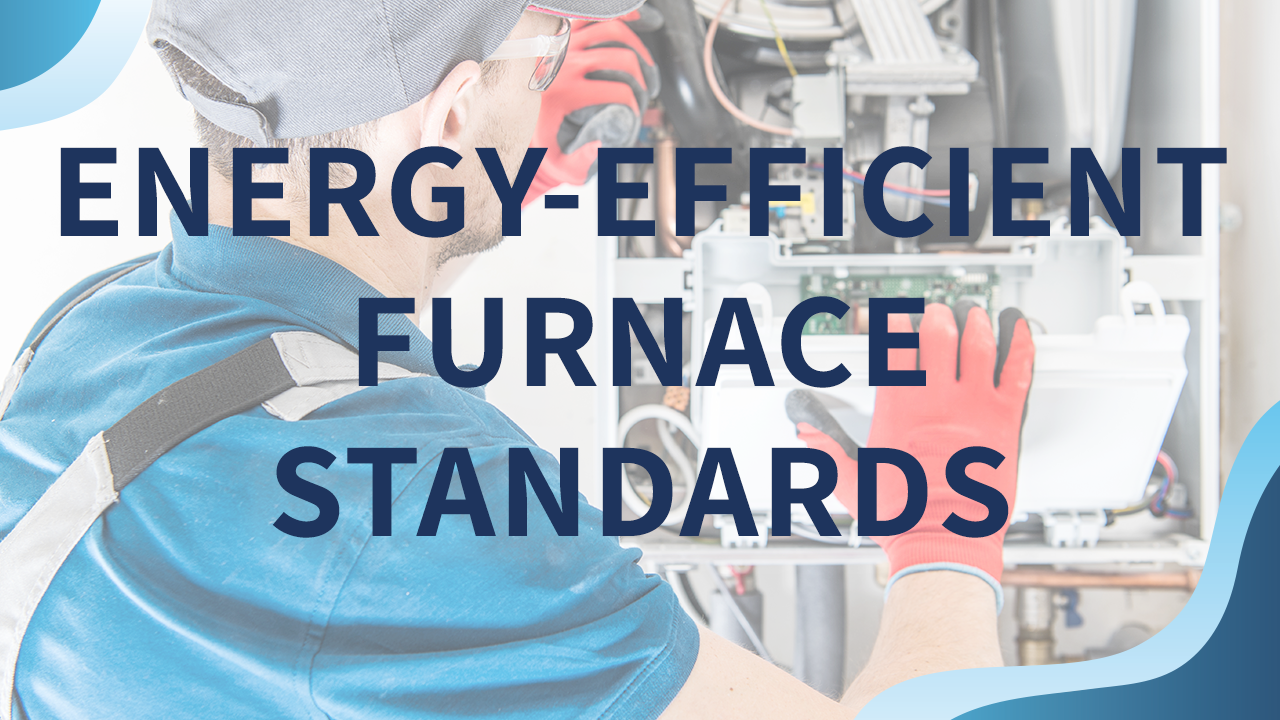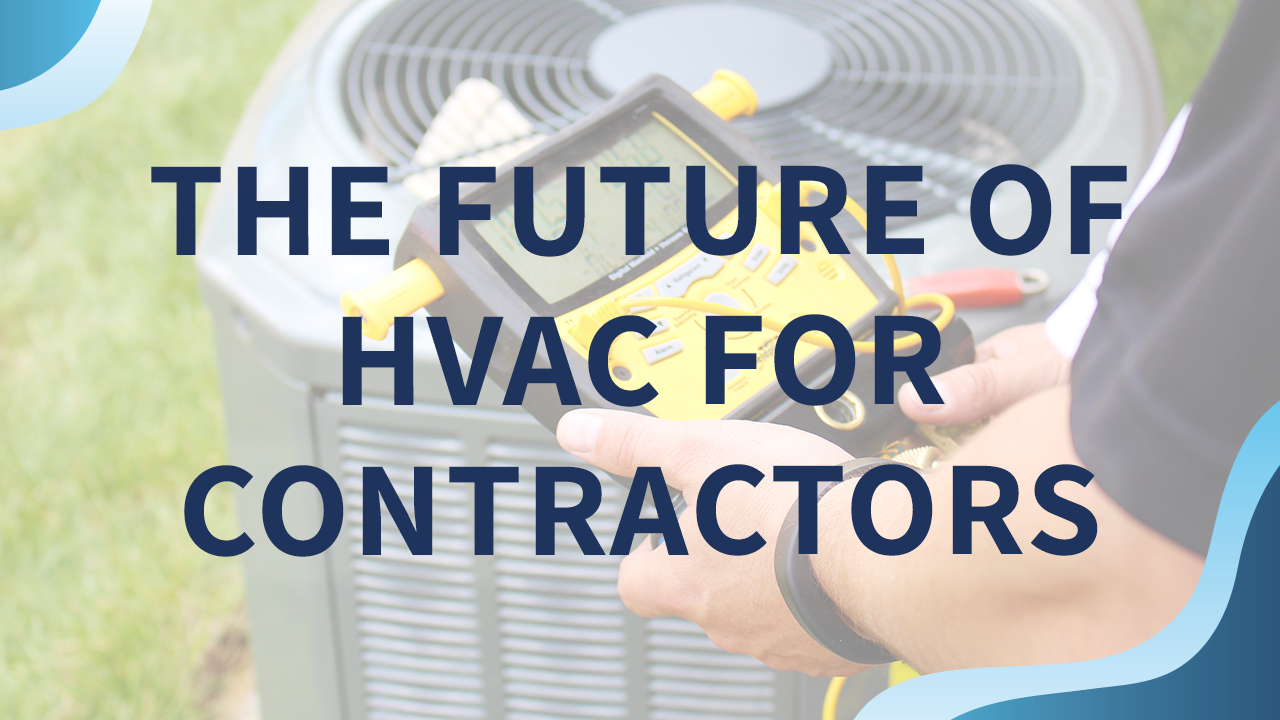Most properties have some type of HVAC system. It works to meet the heating and cooling demands of an establishment. Individuals should follow a preventative maintenance plan to prevent problems from arising. However, wear and tear or faulty parts cause it to break down. That’s when you—the HVAC contractor—step in to fix any issues with some of the following HVAC solutions.


What Does It Mean to Provide HVAC Solutions?
Providing HVAC solutions is a broad concept because many things can go wrong with an HVAC system. Customers may not know what’s wrong with their unit, so it’s up to you to figure out the problem. Some can be more complex than others. But here are a few things you’ll likely do throughout your time as a contractor:
- Change air filters
- Clean air ducts
- Handle and dispose of refrigerants
- Unclog condensate drains
- Provide HVAC maintenance
- Replace an entire HVAC unit


What Are HVAC Solutions?
While the solutions listed above are some you’ll encounter, it doesn’t cover the entire scope of what you do as an HVAC contractor. Since the system has many working parts, it can be challenging to pinpoint the issue. It could have to do with the AC, furnace, or ventilation.
Before reviewing a customer’s system, ask a few questions to determine the problem. Hopefully, it gives you a clearer understanding of what the issue is. Then you’ll be able to provide solutions for specific HVAC faults. Let’s break down some incidents that could occur with an HVAC system.
Air Conditioner
When warmer weather rolls around, people rely on central air to keep them cool. It’s also one of the busiest periods for HVAC contractors because that’s when most units seem to break down (which is a “good” thing for you?) So be ready to fix certain issues such as:
- Clogged air filters: If air filters aren’t changed for months, they can worsen indoor air quality and impact a system’s life span. Cleaning or replacing the filter will get the job done.
- Faulty thermostats: Most properties have smart thermostats that allow easy temperature control. When they start acting up, it causes discomfort due to temperature fluctuations. Sometimes the thermostat battery needs to be changed or entirely replaced.
Furnace
On the other hand, cooler temperatures mean the furnace will be used more frequently. And there’s nothing worse for customers than expecting a toasty house only to find out the furnace is acting up. Some solutions you’ll likely provide include:
- Faulty circuit breakers: The breaker may have flipped, leading to a lack of power. It could be an accidental switch-off or signal another issue with the system. Check the break to see if it stays in the “on” position. If not, it may be a power fault, which needs an electrician.
- Blocked/closed vents: Sometimes, blocked vents cause a lack of inefficient heating. It could be because they’re closed or covered by furniture. Simply open them and remove any obstructions from the area. Also, advise homeowners to avoid closing vents in rooms that aren’t used; it increases strain on an HVAC system.
Ventilation
Without proper ventilation, indoor air quality can cause discomfort in a property. So nothing should hinder airflow. If customers complain about stuffiness or visible air particles, some solutions include:
- Cleaning dirty air ducts: Air ducts are always the last thing on the agenda of residential and commercial property owners because they are out of sight. But dust buildup and rodent droppings can affect indoor air quality. Although vents don’t need frequent cleaning, outline guidelines for customers to know when they should.
- Fixing leaky ducts: Wear and tear in air ducts can lead to leaks, further impacting indoor air quality. After inspecting the system, you can seal the ducts or replace a section entirely.


What are HVAC Items?
Fixing issues with any HVAC system requires specific HVAC items you’ll need to have ready at all times. They include:
- Screwdrivers
- Pliers
- Hammer
- Tape Measure
- Flashlight
- Wrenches
- Gauges
- Thermostats
- Load Calculator
You’ll also need protective gear such as gloves, masks, goggles, and earplugs for safety as you fix HVAC issues. That’s because there isn’t one type of HVAC system; in fact, there are various types you’ll come across, which include:
- Mini split: Indoor units are mounted to walls in multiple areas of the home and connected to an outdoor compressor
- Split system: Comprises an indoor and outdoor unit
- Packaged heating and cooling system: Heating and cooling components are in a single unit
- Hybrid split system: Doesn’t rely solely on gas power; can also switch to electric












